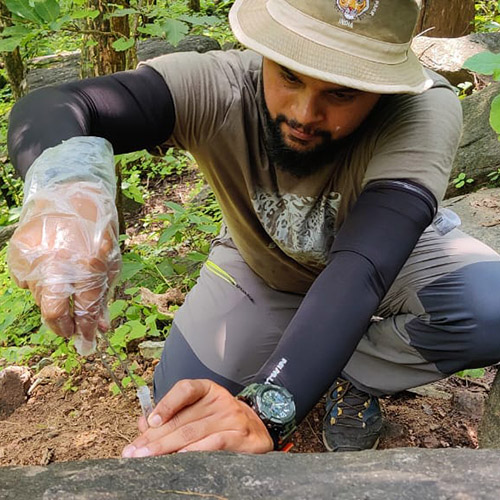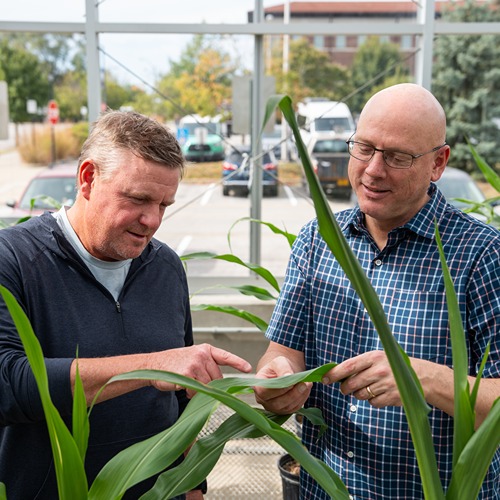Future of AI in Natural Resource Management: Self-Learning Forest Growth Model
U.S. Forest Service — Whether we realize it or not, artificial intelligence—AI—plays a big role in our daily lives. From predictive searches on Google to personalized shopping experiences on websites like Amazon, or music preferences on Spotify based on your playlists, to smart replies in email and text messaging—even drafting this story. AI is everywhere, including forestry.
In another episode of the Eastern Region’s speaker series, FS Talks, Dr. Jingjing Liang, associate professor of quantitative forest ecology in the Department of Forestry and Natural Resources at Purdue University, discussed AI and how we can use this technology in the Forest Service.
Dr. Liang’s talk, “The Future of AI in Natural Resource Management—the Self Learning Forest Growth Model,” focused on the global artificial intelligence-based forest growth model (MATRIX), which is being developed with funding from the World Resources Institute. The model will combine information collected on billions of trees worldwide measured on-site with satellite and other geospatial data to map local forest growth rates throughout the global forest range. This model, which will be trained by Purdue’s state-of-the-art high-performance computing clusters, not only aims to accurately quantify carbon dynamics, but also capture the dynamics of forest biodiversity and timber quality.
Once the model is online, it will automatically update and upscale itself based on new forest inventory data around the world. Currently the model is being trained to predict forest growth in the state of Indiana. MATRIX will then learn from that model and use Forest Inventory and Analysis data to upscale itself to cover the Northeast and Midwestern United States. This algorithm will in turn be replicated to create forest growth models for all major forest types around the world. For more than 50% of developing countries worldwide, which do not yet have a forest growth model, the AI-based MATRIX model will offer a useful tool for guiding the forest sector to reduce emissions from deforestation and forest degradation, as well as supporting sustainable forest management and conservation for the enhancement of forest carbon stocks.
A recording of the presentation is available. At about the 8-minute mark, a loud noise can be heard in the background, making listening difficult, but the noise diminishes after a couple minutes.
Background:
Dr. Liang is the co-director of Purdue’s Lab of Forest Advanced Computing and Artificial Intelligence, the founder of Science-I, an international research collaboration hub, and co-founder of the Global Forest Biodiversity Initiative, which features the first comprehensive global forest inventory database with more than 1.3 million sample plots and 55 million trees. Liang also is the co-lead for the Institute for a Sustainable Future’s Biodiversity Research Community.
Liang’s research connects machine learning and big data in the study of fundamental questions of biodiversity and ecosystem processes, as well as ecological and socioeconomic impacts of biological conservation.
His collaborative work estimating the number of tree species on Earth has been celebrated globally along with GFBI’s global map of tree symbioses and the discovery that forest biodiversity benefits the economy by more than five times the cost of conservation efforts.
This article is shared to Purdue Forestry & Natural Resources by the U.S. Forest Service, Apply Knowledge Globally, Wisconsin.






